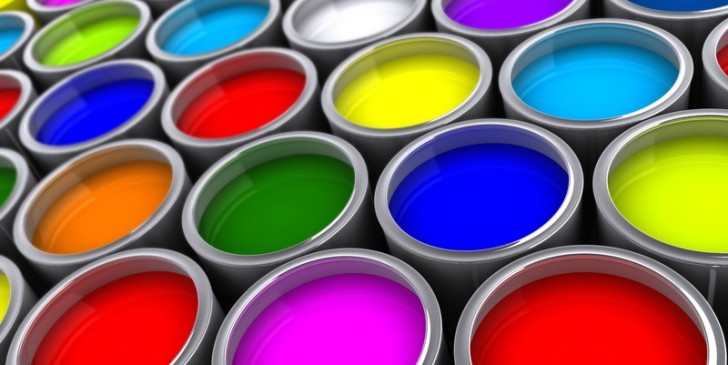Nanoparticles in paints

The latest article of the DaNa-information platform on nanomaterials discusses various aspects of nanoparticles in paints, such as: types of nanomaterials used in paints, effects of nanomaterials in paints, release behaviour, as well as life cycle assessment.
Paints are complex mixtures of substances (pigments, resins / binders, solvents and additives). In general terms, paints depict liquids that are used to coat a solid surface in order to protect, seal or colour it. Pigments (such as solid particulates) play an important role therein. Today, nanomaterials are being used in order to improve the efficiency and to provide new functionalities to the paints, such as water or dirt repellent surfaces, UV-protection, antimicrobial resistance, scratch resistance or extending the paints' lifespan. Recent studies have investigated the benefits and risks of paints containing nanomaterials, helping to avoid risks and maximise opportunities of paints incorporating nanomaterials.
Currently, the most relevant nanomaterials for the paint industry are titanium dioxide and silicon dioxide. Depending on the type of paint and the desired functionality, nanomaterials can be integrated as free powders, as stabilised particles in a suspension / dispersion or incorporated into master batches or granulate resulting in the nanomaterial being firmly embedded in the paint matrix. Other applications include paints or products that have a nanostructured surface, contain nanoporous materials or temporarily contain nanostructured particles.
Self-cleaning paints feature the following two properties: photo-catalytic activity and hydrophilic properties. Surfaces coated with self-cleaning paints no longer need regular cleaning as water and dirt no longer stick on them. Improved hardness, abrasion, weather, and scratch resistance is created by the incorporating nanoscaled silicon dioxide.
Upon abrasion, weathering, and leaching none of the analysed nanomaterials was released into the air to a substantial amount. Very small amounts of titanium dioxide and silicon dioxide were released to into water. After incineration of paint debris, titanium dioxide and silicon dioxide were only found in the ashes.
Article: The Innovation Society Ltd.
Source: DaNa
Image source: © Orlando Florin Rosu - Fotolia.com